Refine listing
Actions for selected content:
2251 results in Cambridge Elements
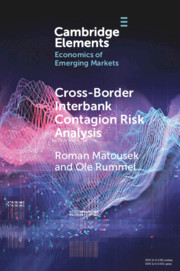
Cross-Border Interbank Contagion Risk Analysis
- Evidence from Selected Emerging and Less-Developed Economies in the Asia-Pacific Region
-
- Published online:
- 08 July 2020
- Print publication:
- 30 July 2020
-
- Element
- Export citation
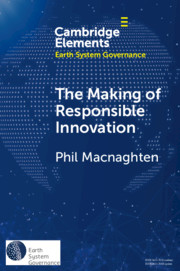
The Making of Responsible Innovation
-
- Published online:
- 04 July 2020
- Print publication:
- 06 August 2020
-
- Element
- Export citation
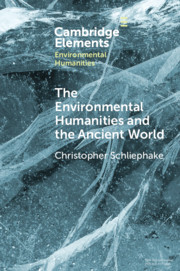
The Environmental Humanities and the Ancient World
- Questions and Perspectives
-
- Published online:
- 04 July 2020
- Print publication:
- 23 July 2020
-
- Element
- Export citation
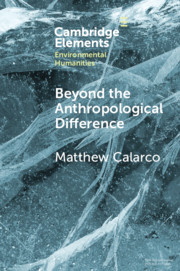
Beyond the Anthropological Difference
-
- Published online:
- 04 July 2020
- Print publication:
- 30 July 2020
-
- Element
- Export citation
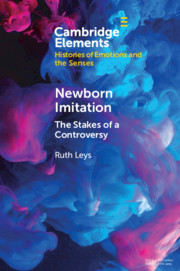
Newborn Imitation
- The Stakes of a Controversy
-
- Published online:
- 03 July 2020
- Print publication:
- 30 July 2020
-
- Element
- Export citation

Weak States at Global Climate Negotiations
-
- Published online:
- 01 July 2020
- Print publication:
- 30 July 2020
-
- Element
- Export citation
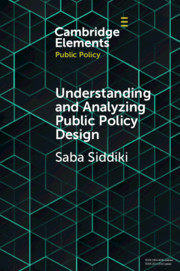
Understanding and Analyzing Public Policy Design
-
- Published online:
- 27 June 2020
- Print publication:
- 23 July 2020
-
- Element
- Export citation

Religious Terrorism
-
- Published online:
- 26 June 2020
- Print publication:
- 16 July 2020
-
- Element
- Export citation
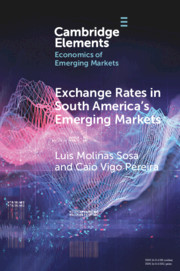
Exchange Rates in South America's Emerging Markets
-
- Published online:
- 22 June 2020
- Print publication:
- 16 July 2020
-
- Element
- Export citation
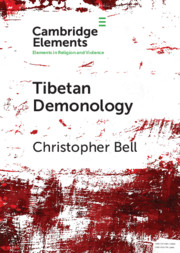
Tibetan Demonology
-
- Published online:
- 18 June 2020
- Print publication:
- 16 July 2020
-
- Element
- Export citation
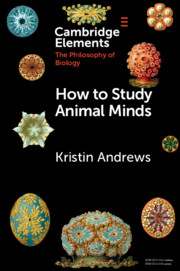
How to Study Animal Minds
-
- Published online:
- 16 June 2020
- Print publication:
- 25 June 2020
-
- Element
- Export citation
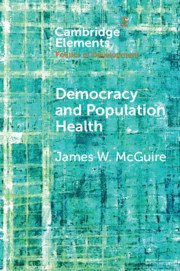
Democracy and Population Health
-
- Published online:
- 15 June 2020
- Print publication:
- 09 July 2020
-
- Element
- Export citation
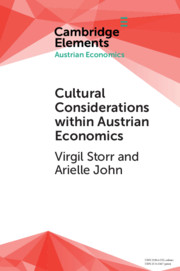
Cultural Considerations within Austrian Economics
-
- Published online:
- 09 June 2020
- Print publication:
- 09 July 2020
-
- Element
- Export citation
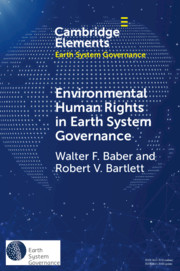
Environmental Human Rights in Earth System Governance
- Democracy beyond Democracy
-
- Published online:
- 29 May 2020
- Print publication:
- 25 June 2020
-
- Element
- Export citation
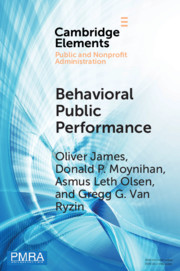
Behavioral Public Performance
- How People Make Sense of Government Metrics
-
- Published online:
- 27 May 2020
- Print publication:
- 25 June 2020
-
- Element
- Export citation
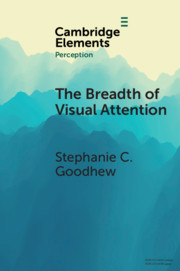
The Breadth of Visual Attention
-
- Published online:
- 25 May 2020
- Print publication:
- 18 June 2020
-
- Element
- Export citation
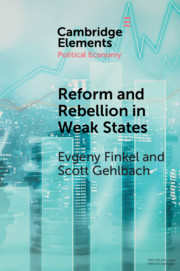
Reform and Rebellion in Weak States
-
- Published online:
- 20 May 2020
- Print publication:
- 11 June 2020
-
- Element
- Export citation
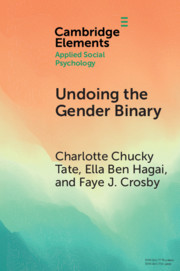
Undoing the Gender Binary
-
- Published online:
- 19 May 2020
- Print publication:
- 04 June 2020
-
- Element
- Export citation
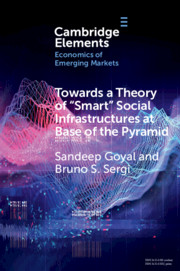
Towards a Theory of 'Smart' Social Infrastructures at Base of the Pyramid
- A Study of India
-
- Published online:
- 18 May 2020
- Print publication:
- 11 June 2020
-
- Element
- Export citation
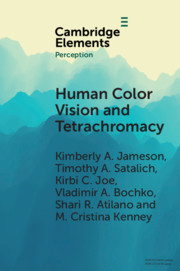
Human Color Vision and Tetrachromacy
-
- Published online:
- 12 May 2020
- Print publication:
- 25 June 2020
-
- Element
- Export citation
